Latest news
New book! Peripheral Nerve Tissue Engineering and Regeneration
The complete first edition of this living reference work is now available online and in print, providing a comprehensive overview of key concepts and…
Read more Close
Close

On Saturday 16 November, the UCL Centre for Nerve Engineering held the ‘Nerve Injury Community Day’. The UCL Institute of Healthcare Engineering supported the event.
The event was an opportunity for people living with nerve injuries and their families to learn more about nerve injury research and treatment, and share their personal experiences with researchers and each other. Some visitors came from as far away as Northern Ireland and the Channel Islands.
The goal of the event was to work alongside people affected by nerve injuries to generate new insights into nerve injury treatment and guide the direction of research.
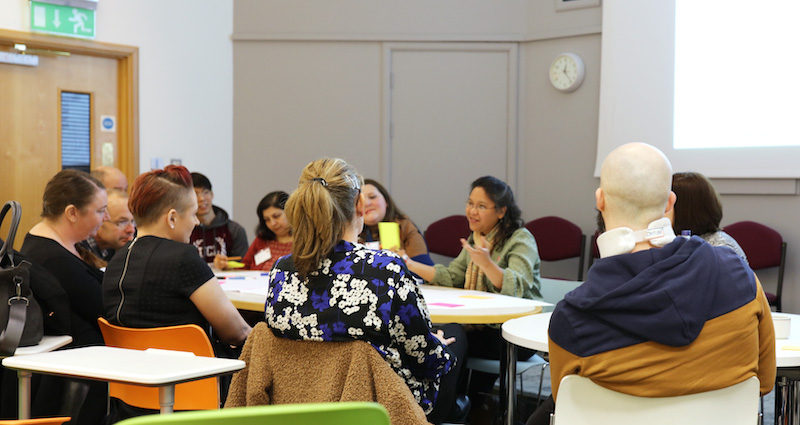
There was a range of interactive stalls and activities, including:
The Centre for Nerve Engineering’s priority was ensuring strong nerve injury patient involvement from the outset. The community day was co-developed by people with nerve injuries, researchers and medical professionals.
The Peripheral Nerve Injury Unit at the Royal National Orthopaedic Hospital sent an advert to their patients and recruited a panel of people with varying levels of nerve injury.
This group of people with personal experience of nerve injury crafted the direction of the event. The organisers ran several consultation sessions, getting to the crux of challenges faced by people with nerve injuries, and what information and support they needed.
This feedback was used to create the content and structure of the day.
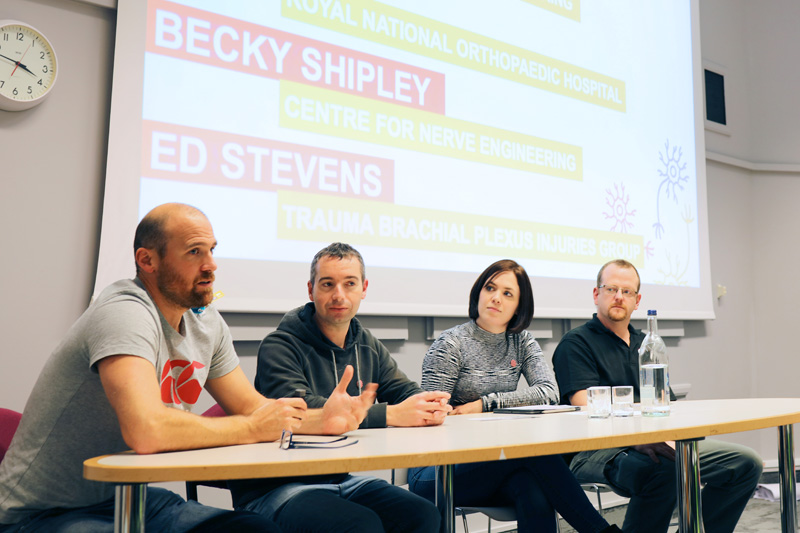
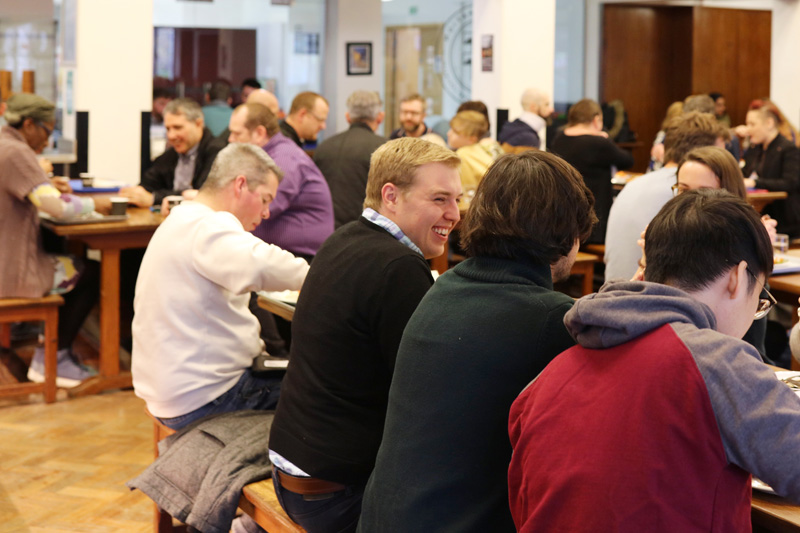
After a welcome by the Centre for Nerve Engineering’s co-directors, Rebecca Shipley and James Phillips, the audience heard a moving talk from Gary Pearce.
Gary suffered a nerve injury following a motorbike accident. He recounted his experiences of recovery and the setbacks he faced along the way and thanked his treatment team.
The attendees then took part in a series of tailored workshops, the themes of which were identified by the nerve injury patient group:
Graphic facilitator and artist, Jenny Leonard, created a visual summary of the event and the discussion it provoked.
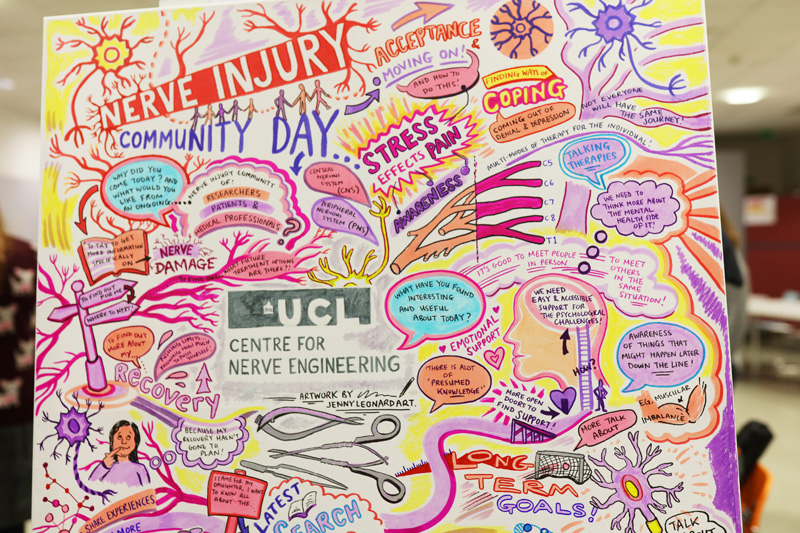
“Meeting others with the same type of injury and finding out new research and possible surgeries” – Visitor
“It was nice to meet people, understand progressions in science and feel heard” – Visitor
“Interacting with people like me! The information and workshops have been great! Knowledge really is power and this event has left me more confident!” – Visitor
“It was like group therapy – loved every minute of it!” – Visitor
“Seeing the nerve injuries from patients’ perspectives” – Volunteer
Throughout the course of the day, people with nerve injuries got answers to some of their concerns and researchers received helpful feedback to inform the course of their research. The Centre for Nerve Engineering researchers hope to build on the success of this community day by incorporating these insights into their work and further developing relationships with the nerve injury community.
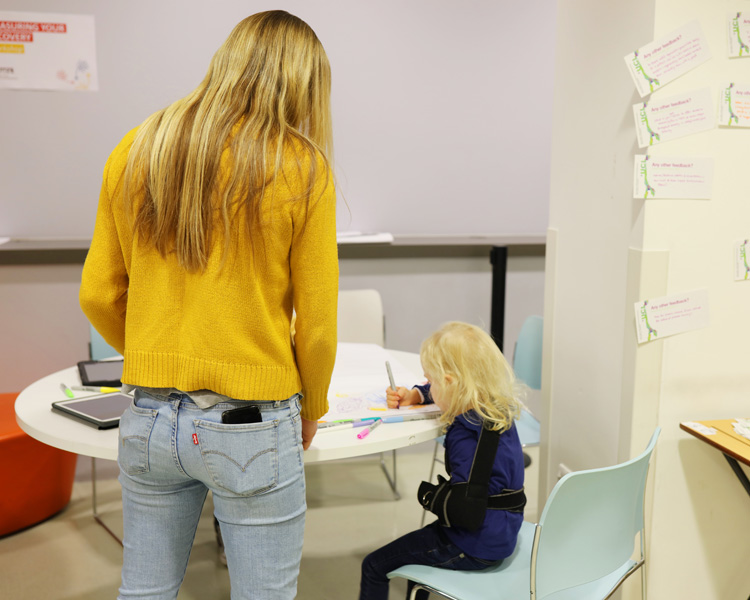
Last modified on